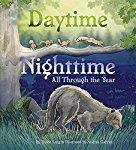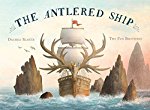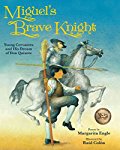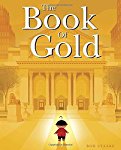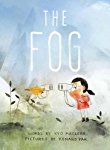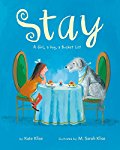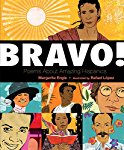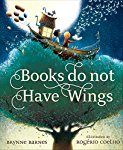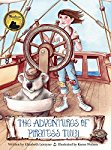When I first started reading today's book, I was sure that it was going to be depressing. A story about a young person who is cared for by an unkind family member, and who has to live through a hurricane does not promise to be cheerful. I did not take me long to realize that the main character of the story, Ruby, is not the kind of person who allows life's hardships to put her down. As I read, Ruby's attitude, her voice, and her magic made me feel empowered and hopeful. This was an amazing, amazing book and everyone, teens and adults alike, should read it.

Kim Antieau
Fiction
For ages 13 and up
Createspace, 2012, 978-1478238379
When Ruby is only five years old her parents are killed
in a car crash and she goes to live with Mamaloose, her maternal grandmother.
Mamaloose is a cold and angry woman, and when Ruby does or says things that she
does not like, Mamaloose beats the child with a leather belt. At first Ruby
does not know what will set Mamaloose off. She talks about remembering her
parents. She speaks of a house in the swamp where she lived with Daddy and Momma
and her two sisters, Opal and Pearl. Mamaloose says that these are just “Ruby’s
imagine,” and that they are not true memories.
After a while
Ruby learns to keep silent about these images that she is sure are from her
past. It is better that way. She also learns to kept silent about the connections
that she has with the creatures and plants around her. On some deep level Ruby
can communicate with butterflies and trees, hummingbirds and other life forms. The
only person who really knows about her gift is her friend JayEl.
The amazing
thing about Ruby is that she has managed to resist Mamaloose’ efforts to turn
her, Ruby, into another angry and cruel person. Ruby isn’t even angry with
Mamaloose. Instead, she feels sorry for her, and steadfastly refuses to take on
the old man’s unhappiness. Instead, she is a warm and loving person who is
close to her neighbors and the people she works with at the bakery. Soon Ruby
will be going to college and then she will be free of Mamaloose for good.
One day a
butterfly conveys a message to Ruby, one that the Big Oaks shared with the
insect. Apparently a Big Spin is on its way and it will soon be time to hunker
down if you are foolish, or to get out of its way if you are sensible. Ruby
shares this message – in an oblique way not mentioning where it came from –
with Mamaloose. The old woman isn’t worried. She has survived countless storms
and hurricanes. Ruby also tells JayEl about the butterfly’s message. JayEl asks
Ruby if she thinks that this is going to be “the one,” the storm that will
“bury us in water.” Ruby says that she gets the sense that this hurricane is
going to rip off “the veil” that lies over the city.
It isn’t long before it becomes clear that
the coming hurricane is indeed going to be a big one. People start boarding up
their homes and businesses, and on the radio the mayor says that “we strongly
advise people to leave at this time.” Some people do pack up and leave, but
others decide to stay. Many of the folks in Ruby’s neighborhood, including
Mamaloose, have no place to go and very little money to spare. They certainly
cannot pay for motel rooms. Ruby tries very hard to convince Mamaloose that
they need to get to higher ground because where they live is below sea level,
but the old lady pays her no heed.
In the end Ruby
and Mamaloose stay put. When they go to bed it is raining and windy. When Ruby
wakes up she goes to check on her grandmother downstairs only to find out that
water has come into the house and it is rising. Ruby and Mamaloose take refuge
upstairs and then they go up into the attic. Part of the roof is ripped away,
and as they huddle together in a corner, not knowing if the next gust of wind
is going to cause the house to collapse, Mamaloose finally tells Ruby the true story
of her family. To say that Ruby is shocked is an understatement. She has always
known that Mamaloose was a hard person, but it turns out that she did things
that were, in Ruby’s eyes, downright cruel.
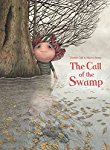 The Call of the Swamp
The Call of the Swamp The Call of the Swamp
The Call of the Swamp

